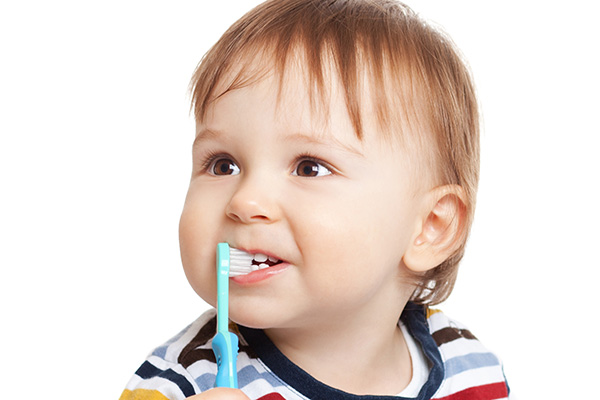 Traditional metal braces have served as the foundation for orthodontics for over a century. These metal appliances are not the most aesthetically pleasing oral appliances, but getting braces is still the most effective way to correct severe orthodontic issues.
Traditional metal braces have served as the foundation for orthodontics for over a century. These metal appliances are not the most aesthetically pleasing oral appliances, but getting braces is still the most effective way to correct severe orthodontic issues.
Traditional braces are permanently fixed in place once attached by a dentist, and they apply constant force on teeth, pushing them to a more desirable alignment over time. The two main parts of traditional metal braces are the wires and brackets. The brackets are cemented to each of the patient’s teeth, and the wires are used to connect all the brackets on each dental arch. Tightening these wires increases the force on the wearer’s teeth.
The biggest drawback associated with metal braces is their conspicuous nature, but there are other issues, like braces getting in the way of meals and oral hygiene. Fortunately, braces are no longer the only way to straighten teeth.
Other appliances used for orthodontics
Here are other orthodontics that can be used to straighten teeth.
1. Ceramic/clear braces
The components of clear braces are the same as traditional ones, but they are more discreet. Instead of metal wires and brackets, clear braces use transparent or tooth-colored brackets and transparent wires.
The patient can have a significantly less noticeable set of braces that can be just as effective as metal braces. Clear/ceramic braces can be used to treat many of the orthodontic issues typically reserved for conventional metal braces.
Clear braces are fixed in place, just like their metallic counterparts, so they can still get in the way of meals and dental hygiene. Still, these are an ideal option for people dealing with teeth alignment problems that are too severe for clear aligners or those who are not disciplined enough to keep up with aligners.
2. Clear aligners
These are transparent plastic trays that exert force on the patient’s teeth, gradually improving their alignment. Treatment involves using a set of aligners for around two weeks, which the time it takes for the aligners to push the patient’s teeth as far as they can. The set is then swapped with another, and the process is repeated until the patient goes through all the trays provided to them at the start of their treatment.
Clear aligners are removable devices, which makes them more convenient for many people. The aligners can be taken out for meals or to clean teeth. This is a benefit that people who straighten their teeth with braces do not get.
Dentists recommend wearing clear aligners for at least 20 hours each day. Not following this schedule can lengthen the time that it takes to realign the patient’s teeth.
Let us straighten your teeth
Straightening your teeth can give you a more memorable smile. Give us a call or drop by our Reston clinic to set up a consultation with our dentist.
Request an appointment or call Precision Orthodontics & Pediatric Dentistry at 703-391-8800 for an appointment in our Reston office.
Recent Posts
Retainers are a proven way to maintain the results after orthodontic treatment. They hold the teeth in place to prevent them from shifting around, solidifying the results of braces, aligners, or other teeth straightening treatments. By skipping retainers, the teeth will shift back out of place. Understanding the importance of retainers can motivate patients to…
Curious about your teeth straightening options? Read on to learn more. Achieving a straight and attractive smile is a desire that transcends age. Fortunately, advancements in orthodontic treatments have allowed adults to improve their smiles efficiently and discreetly.The following are some options an orthodontist might suggest when seeking teeth straightening treatment:Clear aligner treatment is a…
Phase 1 Orthodontics plays a vital role in guiding the proper development of a child’s teeth and jaw. This early intervention is recommended during the mixed dentition stage, when both baby and permanent teeth are present. Phase 1 Orthodontics focuses on correcting issues affecting bite alignment, jaw growth, and overall oral function. Addressing orthodontic concerns…


